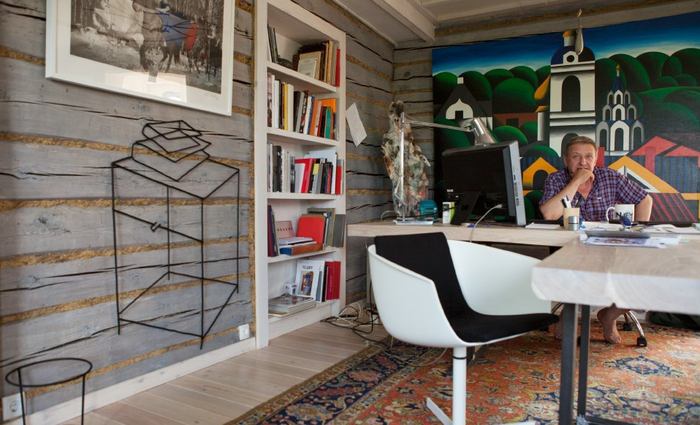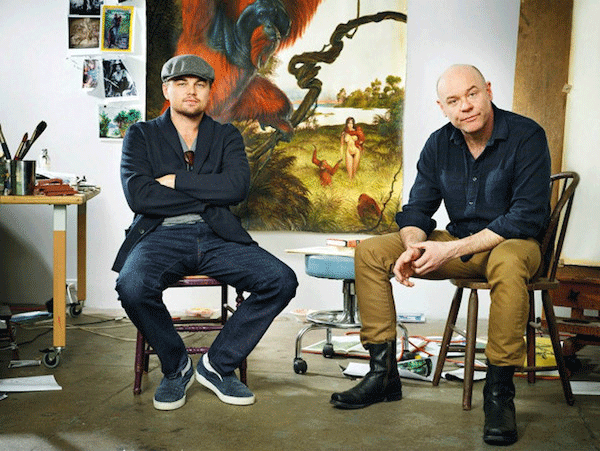10 Tips for a Beginning Art Collector
2016-04-11

1 – Think about your taste
It is important to figure out what you actually like. Take the time to explore genres that you love, and types of Art that you may have overlooked in the past. This will serve the benefit of reminding you why you enjoy, say, Photorealistic Painting for example, and why you are perhaps not as enthusiastic about another genre. Collecting Art is a lifelong passion, and you will live with these Artworks, so it is always worth taking the time to be sure about your tastes.
2 – Determine your Motivation for Collecting
Are you buying Art as an investment, or because you love it – or perhaps because of a bit of both? Understanding your motivation will help you to define exactly which Artworks are for you. Even if your motivations are purely fiscal, it helps to choose Artworks that you enjoy for yourself if possible.

3 – Research the Artist
When you find Artworks that captivate your attention and speak to you, if you aren’t already familiar with the Artist, then take the time to research their background, history and commentary on their own work. This will help to enrich your experience of viewing their Artworks, and gain a deeper understanding into what they are trying to do. This can also help you to make intelligent buying decisions about investments that could be very beneficial in the future.
4 – Curate your Collection
Many famous collections are united by the fact that a single collector had a certain goal in mind or great taste (Think Peggy Guggenheim). Over many years of collecting, a style of your own will emerge. You will find aesthetic and thematic threads developing that will tie your collection together. This is also worth thinking about as you set out on the first few steps of collecting Art. Think about colours, genres and styles that you like, and you may want to find various examples from different Artists with this aim in mind, as this will add unity and continuity to your collection.
5 – Where will they hang?
Even if you are buying Art as an investment, and may only live with it for a while before it moves on to another home, you must think about the effect it will have on the room/space in which it will be placed. Every Artwork has a huge effect on its surroundings, and this should be taken into account when you choose works for your collection. A huge Abstract Painting will have a much larger impact that tiny limited edition Lithographs, but whatever you choose, you must think about this point, as it is often overlooked.

6 – Keep all the Documentation
Make sure to look after all the documentation that authenticates the Artwork. This cannot be stressed enough, but it is often something that many people forget to do, and it can cause huge problems in the future. If you can clearly prove that the Artwork is the exact Artwork that it claims to be, then you will save yourself a lot of hassle.
7 – Buying Originals
With originals it is important to remember that the Artist profits only once from the sale of the work. Value grows over time, but it is you as the collector who profits from the increasing reputation and status of the Artist, as you already own the work. If you decide to sell the work in the future for a much higher price, it is you who will keep all of the profit, and the Artist will see none of it. This is one important reason why original Artworks command high prices.
8 – Buying Prints
Types of prints include engravings, lithographs, screen prints, aquatints, linocuts and woodblock prints. These are an ideal way to start or add to a collection. It is important to differentiate between the different terms, to help you make the right choice:
Ltd Edition Prints
With this format, the Artist limits the run of prints to a number that will be specified on the print itself, I.E 1/25, normally alongside the signature itself. This shows the exclusivity of the piece, yet provides an affordable and accessible way to own certain Artworks that you love. This is a very common and sensible form of Art for early collectors to invest in.

Reproductions
These are part of an unlimited run of Artworks, allowing the Artist to create and sell as many as they like. They cost less than one off originals and ltd editions, because they are more numerous, but are also a great way to buy great Art at the most reasonable prices.
9 – Invest in the future
One exciting aspect of collecting Art is that the more knowledgeable you become, the more you can start making your own predictions about which Artists will grow in stature and popularity, and as a result, whose work will become more valuable. If you can make informed decisions about what to buy and when, not only are you supporting an Artist whose work you love, but you also stand to make a hefty profit if you choose to.

10 – Trust your Gut and take the Plunge
Art speaks to us all differently, so if you feel an indescribable connection with a certain work, then that is the next one for you. Trust your gut instinct. If you love the Artwork, if it is by an Artist that you respect after you have researched them, and you feel that it is a great investment, then go for it!